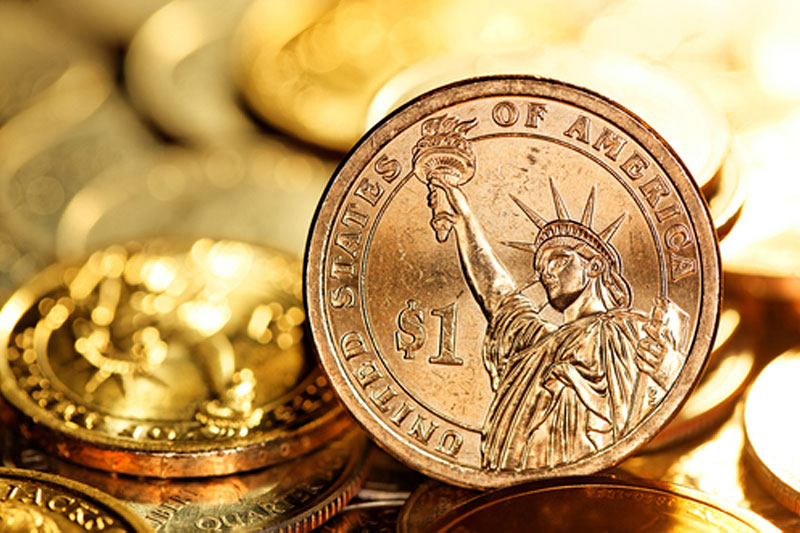Investing.com - The dollar remained near seven-year highs against the yen on Tuesday after Japan’s prime minister announced measures aimed at bolstering growth, and was mostly lower against other major currencies despite better than expected producer prices from the U.S.
The U.S. Commerce Department said producer prices rose 0.2% last month, compared to forecasts for a 0.1% decline, after falling 0.1% in September.
Core producer prices, which exclude food, energy and trade eased up 0.4% in October, above expectations for a gain of 0.2% and following a flat reading in September.
USD/JPY slipped 0.23% to 116.39 after hitting highs of 117.04 when Japanese Prime Minister Shinzo Abe announced the delay of a planned sales tax increase and called snap elections to take place next month.
The announcement came one day after data showed that Japan’s economy unexpectedly contracted by an annualized 1.6% in the third quarter, falling back into recession.
The yen fell to six-year lows against the euro, with EUR/JPY touching highs of 146.70, before pulling back to 145.89.
The euro also pushed higher against the dollar, with EUR/USD climbing 0.63% to 1.2528.
The single currency was boosted after the ZEW Centre for Economic Research said that its index of German economic sentiment rose to 11.5 this month from minus 3.6 in October.
The report said that recent growth figures indicated that the economy is stabilizing, but warned that ongoing geopolitical tensions continue to be a risk.
Expectations for more stimulus measures from the European Central Bank remained high after ECB President Mario Draghi said Monday that it could expand its asset purchase program to include government bonds.
The pound edged higher against the dollar, with GBP/USD up 0.16% to 1.5663.
Sterling found support after data on Tuesday showed that the annual rate of U.K. inflation ticked up to 1.3% in October, from September’s five year low of 1.2%, but remained well below the Bank of England’s 2% target.
USD/CHF was down 0.63% to 0.9590, while EUR/CHF was little changed at 26-month lows of 1.2012, not far from the Swiss National Bank’s exchange rate cap of 1.20 per euro.
The Swiss franc has strengthened against the euro in recent sessions ahead of a vote later this month which could force the SNB to increase its gold reserves, a move which could restrict its ability to cap the value of the franc against the euro.
The Australian dollar was higher, with AUD/USD adding 0.20% to 0.8723 after the minutes of the Reserve Bank of Australia’s November meeting indicated that rates were likely to remain on hold for some time to come.
Elsewhere, NZD/USD gained 0.71% to 0.7967 and USD/CAD slipped 0.11% to 1.1295.
The US dollar index, which tracks the performance of the greenback against a basket of six major currencies, was down 0.43% to 87.63.
